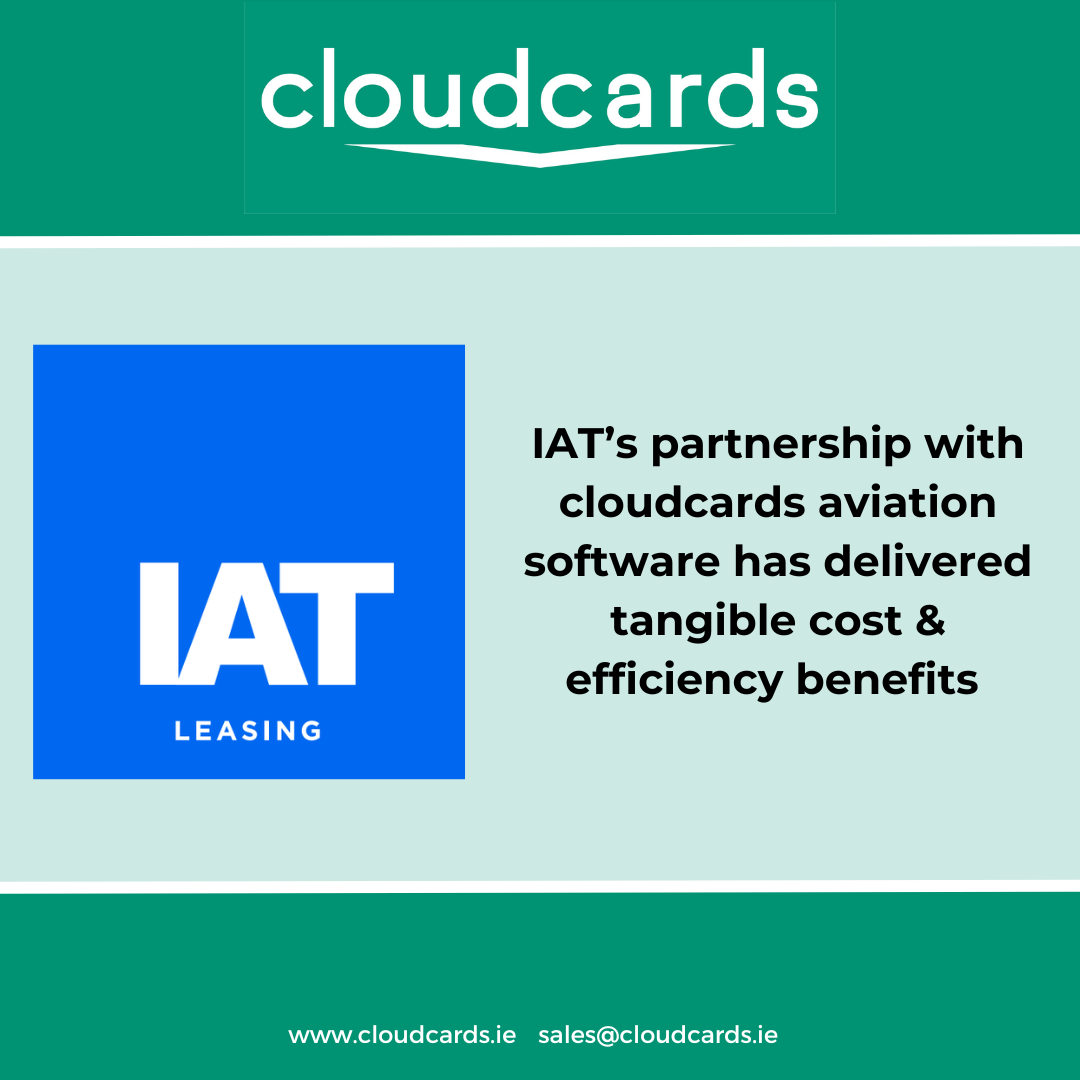In today’s fast-paced business environment, managing assets efficiently is crucial for maintaining competitiveness, reducing costs, and maximising productivity. Asset Management software is a powerful platform that enables businesses to streamline asset tracking, maintenance, utilisation and ensuring optimal performance throughout an asset’s lifespan.
While the software is complex it presents to the client in a user-friendly manner.
Understanding Asset Lifecycle Management. Asset Lifecycle Management involves managing an asset from acquisition to disposal, ensuring that it delivers maximum value throughout its useful life. The key phases of asset lifecycle management include:
1. Planning and Procurement – Identifying desirable and profitable assets, tailored budgeting, fit for purpose financing to acquire the right assets efficiently.
2. Deployment and Utilisation – Ensuring assets are properly deployed and used optimally within the organisation. Timely identification of idle assets can be a key.
3. Maintenance and Monitoring – Regular inspections, preventive and cyclical maintenance and environmental auditing and tracking to ensure maximum green time for your asset
4. Sale and Disposal – Manage the sale or disposal of the asset with real time data and reports to maximise value for all stakeholders.
Implementing software for asset lifecycle management can bring transformative efficiencies to your business. Here’s how:
1. Improved Asset Visibility and Tracking
Asset Lifecycle Management software provides real-time tracking of assets, reducing the chances of loss, optimised rental and getting to the most profitable outcome. With centralised and easily accessible data, businesses can quickly locate and assess asset performance, ensuring seamless operations. The software can also help to identify idle assets and assist with deploying them again to reduce potential losses.
2. Optimised Maintenance Schedules
Predictive maintenance features help plan maintenance budgeting more effectively with greater oversight to MR fund balance management and claim payout. Automated reminders and tracking ensure that scheduled maintenance events are managed efficiently and are adhered to without manual intervention. This eases complexity of the management with greater oversight of entire fleets or portfolio’s of assets.
3. Cost Reduction and Budget Optimisation
Asset Lifecycle Management software enables businesses to track asset costs during their lifecycle, identifying inefficiencies and cost-saving opportunities. Organisations can optimise capital expenditure by making data-driven decisions about asset procurement, maintenance and replacement. The right software choice can ease a complex decision-making process as well as maximise all future returns for investors or shareholders.
4. Enhanced Compliance and Risk Management
Regulatory compliance is a key concern in asset management. Asset Lifecycle Management software ensures businesses meet industry standards by tracking maintenance and B2B records, warranties, financial guarantees and various compliance requirements. An automation of insurance renewals greatly reduces significantly potential risks associated with audits and penalties.
5. Automation and Integration
Modern Asset Management software integrates seamlessly with financial enterprise resource planning systems, third party software platforms and external data warehouses. This allows for automation of asset tracking, real-time condition monitoring, and efficient workflow management. This also automates and helps speed up a month end and the associated financial reporting management.
6. Data-Driven Decision Making
With comprehensive reporting and analytics, Asset Management software provides actionable insights into asset utilisation, performance trends, and lifecycle costs. Businesses can use this data to enhance operational efficiency and strategic planning. The technology can assist with carrying complex financial or risk analysis to identify, manage and explore threats and opportunities.
Implementing Asset Management Software in Your Business
1. Assess Your Current Asset Management Practices
Identify gaps and inefficiencies in your current asset management process to understand how Asset Management software can maximise value to your business.
2. Choose the Right Asset Management Software
Select software that aligns with your business needs, considering factors such as scalability, integration capabilities, and user-friendliness.
3. Train Your Team
Aim to maximise the organisational buy in by proper training and understanding of software capabilities, thereby getting the optimal use of the software.
4. Optimise your internal processes.
Streamline and optimise internal processes – Let the software do the work.
Conclusion
Introducing modern and agile Asset Management software in your business can significantly enhance efficiency, reduce costs, and improve asset performance. By leveraging automation, predictive maintenance, and data analytics, organisations can ensure their assets deliver maximum value throughout their lifecycle. Investing in the right Asset Management solution is a strategic move that positions businesses for long-term success in an increasingly competitive marketplace.
About Cloudcards
Cloudcards is a leading player in the aviation software market. Cloudcards is an Irish based company that was established in 2013 and has a suite of software solutions for the Aviation and Financial services market. Cloudcards primary solution is a comprehensive asset and contract management system that offers a deep layer of functionality to all asset owners and servicers across finance, contracts, legal and technical. In addition, cloudcards offer a purpose-built records management solution. All software services are on one unified Microsoft Azure platform, which allows for seamless integration and access via a single login.
Cloudcards have a hugely experienced team with inhouse expertise across finance, contracts and technical areas of asset management. With a dedicated back-office team, cloudcards has successfully migrated Lessor data from multiple platforms, ensuring smooth and accurate transitions for both asset and records management.
For more information, contact sales@cloudcards.ie, visit www.cloudcards.ie, or meet us at our stand at the Shelbourne Hotel from January 12-15th.


